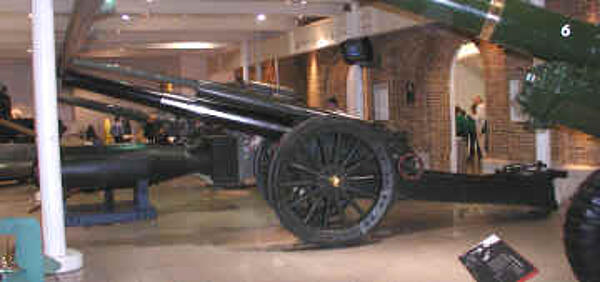Artillery
Artillery was the most threatening and devastation type of weapon used during World War One, proving highly effective against infantry, tanks and aircraft alike.
Some artillery bombardments actually lasted for days and destroyed entire landscapes, particularly in the areas where much of trench warfare took place such as France and Belgium. For example, the Battle of the Somme was actually preceded by a week-long bombardments of the German trenches by both French and British artillery, resulting in more than 1.7 million shells being fired.
As the war progressed, guns became heavier and heavier to cope with the fortifications, but this also led to an increasingly number of soldiers being killed in artillery fire. Those who did survive the bombardments were often left with serious mental scars, with many sent out of the trenches to be treated for shell shock.

Despite largely getting bigger as the war went on, artillery came in many different shapes and sizes. While some were used as direct line-of-sight weapons others such as mortars and howitzers were used to provide indirect support. In spite of their differences, all gun types fired shrapnel or high-explosive rounds but not all of them fired without recoil.
The 75mm field gun was one that did, featuring an integrated recoil mechanism that removed the need for resetting after firing and could be instantly reloaded. However, all line-of-sight weapons did lose part of their attraction as the war began to move more and more towards trench warfare - this prevented the use of direct weapons when soldiers were out of sight.
There were many different types of artillery that made their mark on World War One, but the most popular included the 75mm field gun, the British 18 pounder, the British 60 pounder and the British 9 Howitzer.
MLA Citation/Reference
"Artillery". HistoryLearning.com. 2026. Web.
